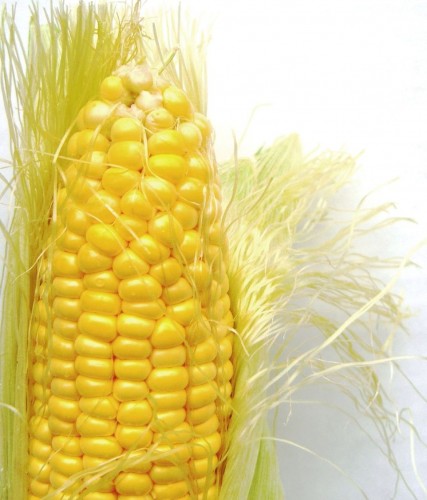Photo Credit: Darwin Bell
Corn and soybeans cover 6% of the total land area in the United States and are grown on 15 times as much land as all fruits and vegetables combined.In this activity, students will take a walk out into a corn field to become more acquainted with this crop that is so common.Students will make calculations for the number of plants and ears of corn per acre and then estimate the total number of ears grown in the U.S.in 2002 based on USDA data.Students will be informed about the different types of corn available and that most of it is actually used for products other than human food. Finally, corn is a crop that requires high amounts of energy and nutrients to grow successfully, making it a crop that can potentially contribute to environmental pollution if managed poorly.
At the conclusion of this lesson, students will be able to:
- Identify corn and soybeans as the major crops grown in the United States
- Conduct an investigation on a local scale to make predictions at a larger scale
- Identify corn plants as having only one ear per plant
- Estimate the number of ears of corn grown in the US in a given year
- Estimate the number of ears of corn per plant
- Understand that almost all of the corn grown in the US is not eaten by humans, but is fed to animals or converted to useable products
- Identify corn as a highly productive crop, but also one that requires a lot of energy to grow
Resources:
Lesson created by Brook Wilke

